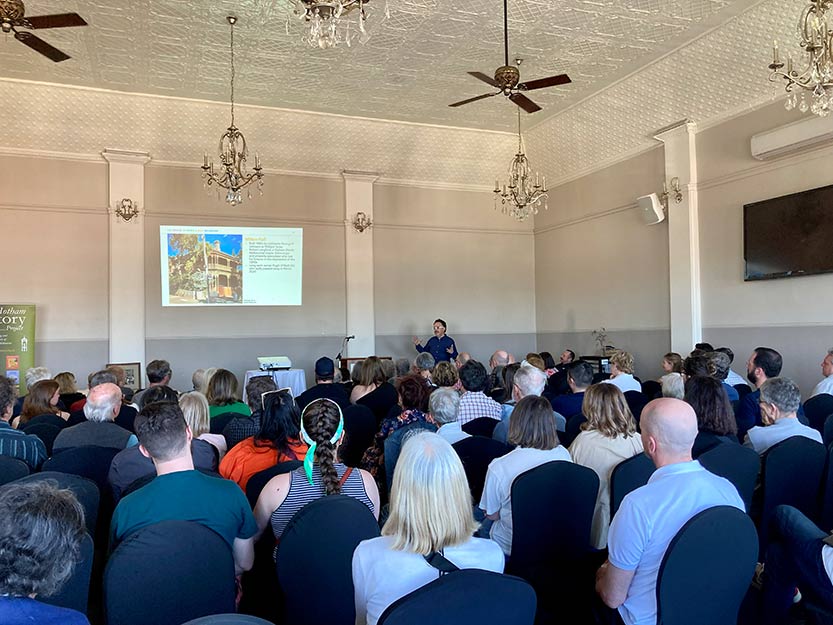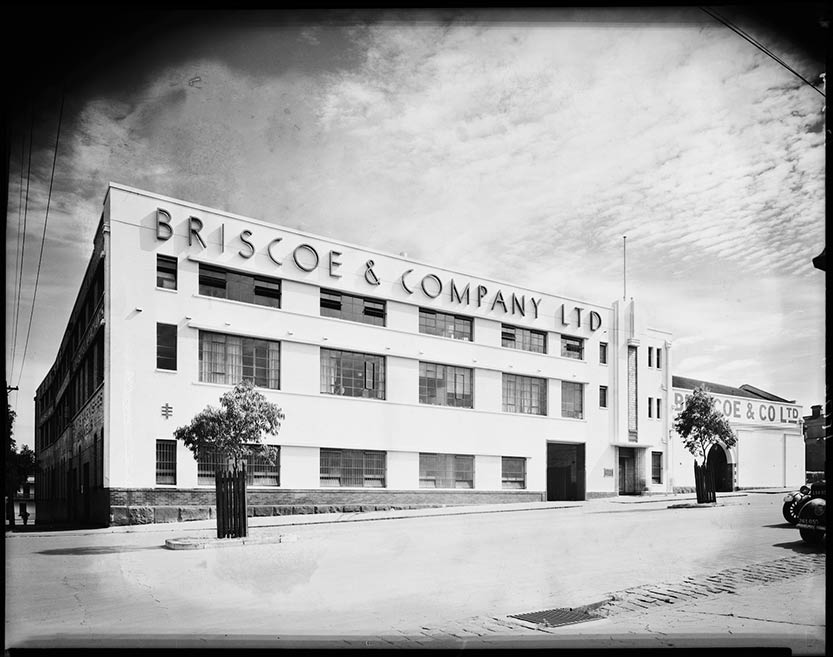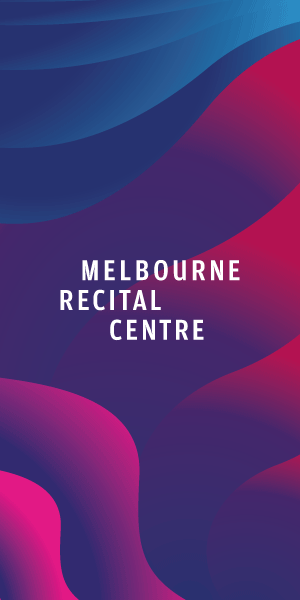Locals flock to hear from local “historian”
Elio Sarpi, would never call himself a historian.
He’s always loved houses, their architecture and the stories that underpin them, but never would he have thought creating an Instagram account during lockdown would lead to a loyal following of almost 17,000 followers from across the globe.
Last month, Mr Sarpi spoke to a sold-out crowd at the Loco Hall on Victoria St, sharing the connections and stories behind his page, Houses of North and West Melbourne.
“We initially had it organised for the library, but demand meant that it turned out to be too small as the event sold out in a day,” Mr Sarpi said. “I didn’t know who was going to turn up, but there was a great mix of people.
“What it [Houses of North and West Melbourne] has become today is not just capturing local houses, but also storytelling, community, connecting people, inspiring artists and crowd sourcing information.”
“A few people in the audience suggested I created a book. Maybe one day I will, but I still have a regular day job and family that keep me pretty busy.”
The event was hosted by the Hotham History Project, a group Mr Sarpi has long been a member of and is currently in talks with to create an annual fixture for the talk.
Mr Sarpi’s presentation spoke of the enthralling stories behind these local homes that had seen him contacted by countless relatives, academics, institutions and event organisers, as well as Australian rock royalty Ella Hooper from Killing Heidi.
One that stands out above others is the story of the Lamberti family home on Queensberry St. A search to find architect of this 1962 home, with the help of the Lamberti family, eventually traced back to Johannes (John) Wallinga (1909-1970).
“The Lamberti family also told me that Johannes designed the interior and selected paint colours for the Lamberti Brothers Music shop on Victoria St,” Mr Sarpi said.
“Apparently, students from RMIT would often come to the music shop to view the interior and in those days, Victoria St was full of Italian migrants. On Saturday mornings people would queue for three to four blocks to buy Italian records.” •
For more information: instagram.com/housesofnorthandwestmelbourne

North Melbourne locals push for The Roundtable to become permanent








 Download the Latest Edition
Download the Latest Edition